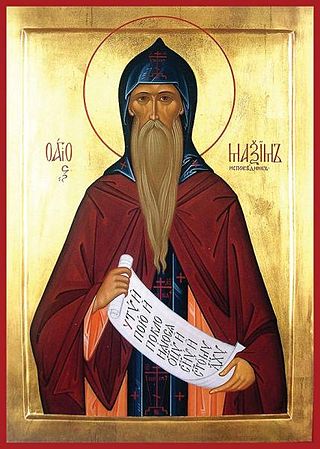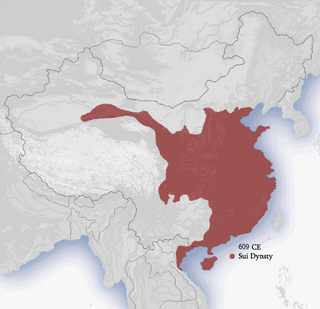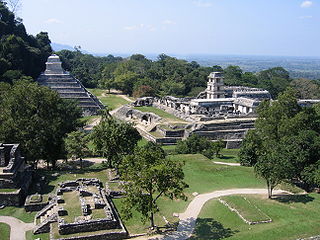The 620s decade ran from January 1, 620, to December 31, 629.
The 700s decade ran from January 1, 700, to December 31, 709.
The 610s decade ran from January 1, 610, to December 31, 619.
The 570s decade ran from January 1, 570, to December 31, 579.
The 580s decade ran from January 1, 580, to December 31, 589.
The 590s decade ran from January 1, 590, to December 31, 599.

Year 626 (DCXXVI) was a common year starting on Wednesday of the Julian calendar. The denomination 626 for this year has been used since the early medieval period, when the Anno Domini calendar era became the prevalent method in Europe for naming years.
Year 605 (DCV) was a common year starting on Friday of the Julian calendar. The denomination 605 for this year has been used since the early medieval period, when the Anno Domini calendar era became the prevalent method in Europe for naming years.

Year 602 (DCII) was a common year starting on Monday of the Julian calendar. The denomination 602 for this year has been used since the early medieval period, when the Anno Domini calendar era became the prevalent method in Europe for naming years.

Year 758 (DCCLVIII) was a common year starting on Sunday of the Julian calendar. The denomination 758 for this year has been used since the early medieval period, when the Anno Domini calendar era became the prevalent method in Europe for naming years.

Year 662 (DCLXII) was a common year starting on Saturday of the Julian calendar. The denomination 662 for this year has been used since the early medieval period, when the Anno Domini calendar era became the prevalent method in Europe for naming years.

Year 581 (DLXXXI) was a common year starting on Wednesday of the Julian calendar. The denomination 581 for this year has been used since the early medieval period, when the Anno Domini calendar era became the prevalent method in Europe for naming years.

Year 579 (DLXXIX) was a common year starting on Sunday of the Julian calendar. The denomination 579 for this year has been used since the early medieval period, when the Anno Domini calendar era became the prevalent method in Europe for naming years.

Year 590 (DXC) was a common year starting on Sunday of the Julian calendar. The denomination 590 for this year has been used since the early medieval period, when the Anno Domini calendar era became the prevalent method in Europe for naming years.

Year 572 (DLXXII) was a leap year starting on Friday of the Julian calendar. The denomination 572 for this year has been used since the early medieval period, when the Anno Domini calendar era became the prevalent method in Europe for naming years.

Year 641 (DCXLI) was a common year starting on Monday of the Julian calendar. The denomination 641 for this year has been used since the early medieval period, when the Anno Domini calendar era became the prevalent method in Europe for naming years.

Year 599 (DXCIX) was a common year starting on Thursday of the Julian calendar. The denomination 599 for this year has been used since the early medieval period, when the Anno Domini calendar era became the prevalent method in Europe for naming years.

Year 598 (DXCVIII) was a common year starting on Wednesday of the Julian calendar. The denomination 598 for this year has been used since the early medieval period, when the Anno Domini calendar era became the prevalent method in Europe for naming years.
The 600s decade ran from January 1, 600, to December 31, 609.

The Sassanid Empire or Sassanian Dynasty is the name used for the Persian dynasty which lasted from 224 to 651 AD.












